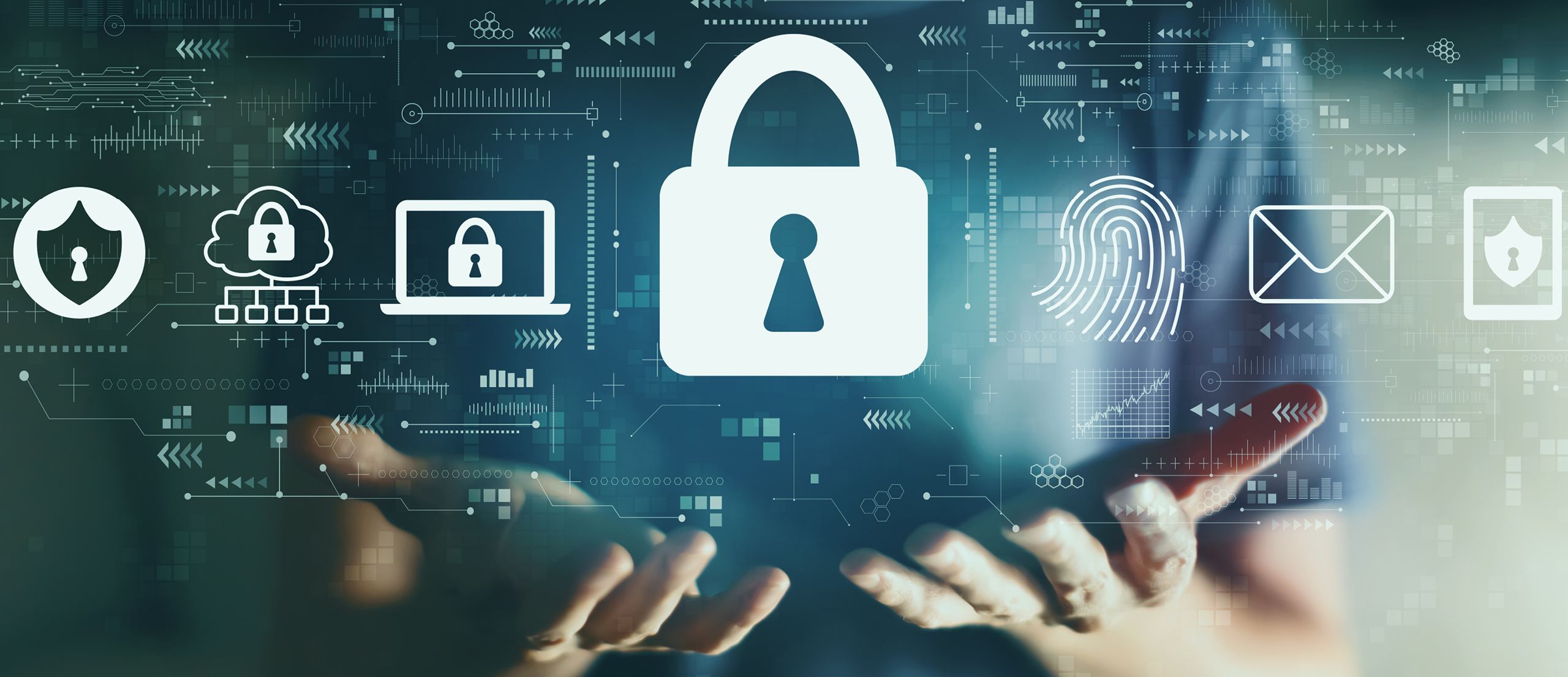
- The regulatory landscape for IoT cybersecurity is expanding globally, with increased emphasis on standards, compliance, and guidelines for secure operations.
- Key frameworks such as ISO 27001, SOC 2, the EU’s Cyber Resilience Act, GDPR, and security initiatives like SASE, are shaping IoT security practices.
- Collaborations between IoT connectivity providers and cybersecurity frameworks enhance security management, scalability, and regulatory compliance for IoT deployments worldwide.
As the digital ecosystem grows, securing IoT networks has become essential to prevent cyberattacks and protect user data, with standards like ISO 27001 and SOC 2 providing foundational frameworks. ISO 27001 focuses on information security management by encouraging organizations to assess and mitigate risks systematically. Meanwhile, SOC 2 is geared toward service providers, establishing principles such as confidentiality, processing integrity, and privacy, helping to ensure secure customer data management. Additionally, the EU’s Cyber Resilience Act (CRA) and Cybersecurity Act aim to standardize cybersecurity requirements across digital products in the EU, demanding strict security measures from manufacturers and retailers. The CRA promotes secure development practices, vulnerability management, and regular updates to counter cyber threats. GDPR, governing personal data protection, is another critical component for organizations handling EU resident data, imposing strict data handling and security requirements.
Device-level security is also crucial, with certifications like the Cyber Trust Mark emerging as a signal of consumer cybersecurity quality. IoT security, however, extends beyond individual devices to include robust network security frameworks, such as the NIS2 Directive and the NIST Cybersecurity Framework, which outline essential cybersecurity protocols for organizations. The NIS2 Directive builds on its predecessor by expanding sector coverage and mandating stricter measures in risk management and supply chain security. Similarly, the NIST Cybersecurity Framework, widely adopted in the U.S., provides guidelines for identifying, protecting, detecting, responding to, and recovering from cyber incidents.
Further strengthening IoT security, Secure Access Service Edge (SASE) combines essential network security functions, including SD-WAN, zero-trust network access (ZTNA), and firewalls, within a unified framework that enables secure connectivity across locations. SASE’s flexible design offers scalability, cost-efficiency, and comprehensive security, enhancing remote and cloud-based work environments. Partnering with IoT connectivity providers like floLIVE can help SASE companies extend secure connectivity to diverse geographical areas, unifying network management and security policies.
Understanding and navigating this regulatory landscape is crucial as IoT technology continues to increase. With IoT connectivity providers offering compliance expertise and scalability, companies can better meet security requirements and adapt to a dynamic digital environment, ensuring resilience and regulatory alignment in global IoT deployments.


Leave a Reply
You must be logged in to post a comment.